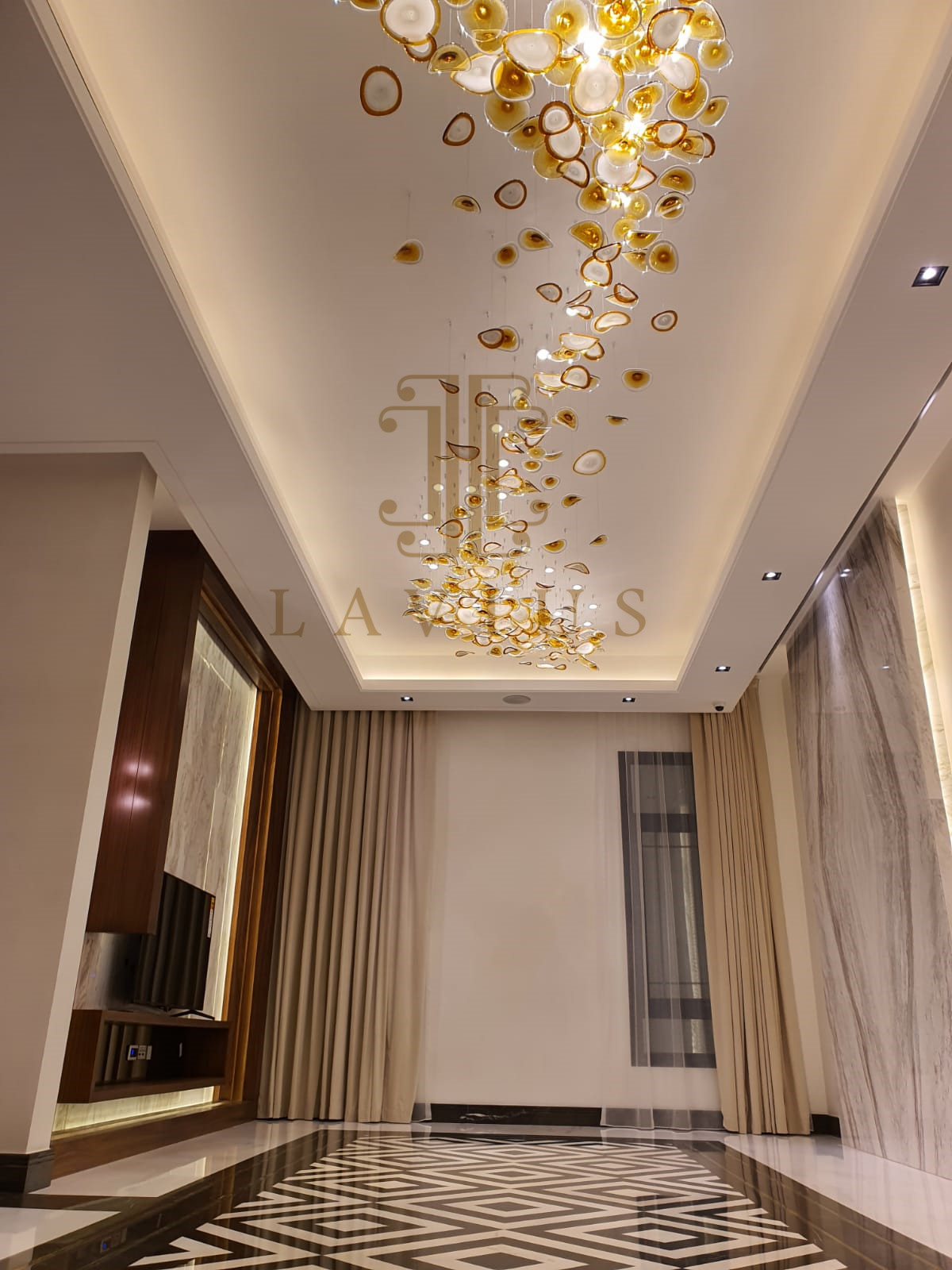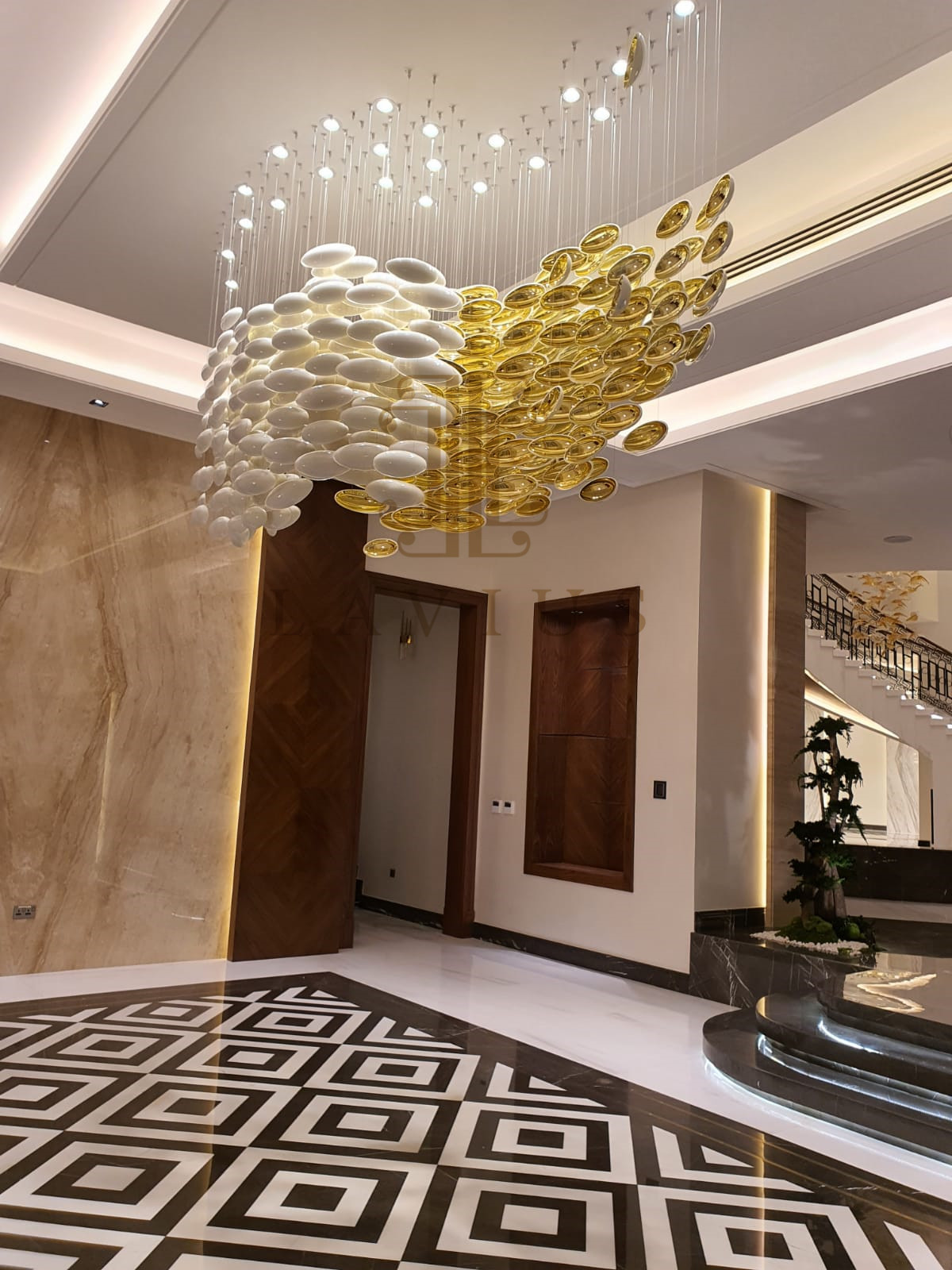Antibiotic drugs are one of the most widely used types of drugs. A few days ago, according to the "Science Bulletin" report, China's surface water contains 68 kinds of antibiotics, and the concentration is high. In addition, 90 non-antibiotic medical ingredients were detected. However, the current water treatment technology is still difficult to completely remove trace amounts of antibiotics in water, and the development of high-efficiency decontamination devices is particularly urgent.
Recently, Prof. Li Haitao from Jiangsu Normal University has taken the lead in the development of a graphene multifunctional composite membrane. According to the research results published in Nature's magazine Scientific Reports, the adsorption efficiency of this ultra-light and ultra-thin graphene-activated carbon film is up to 99.99% for granular objects including antibiotics.
"A lot of research is based on various types of nanomaterials, and constructed a series of novel ultra-thin functional membranes with high permeation flux. Among these nanomaterials, graphene oxide nanofilms are a typical monoatomic two. The nanoscale material has a very high separation efficiency and has become a new thin layer separation membrane, said Li Haitao. However, pure oxygen oxide-coated filter membranes have very small interlayer spacing, resulting in insufficient water permeation flux, long time, high pressure resistance, and fragility.
In order to solve this problem, Li Haitao's research team inserted activated carbon (AC) into a graphene oxide (GO) thin film to prepare a composite porous carbon film micro-nano material.
The activated carbon (AC) nanoparticle structure itself has unique functional groups such as carboxyl, carbonyl, phenol, lactone, anthraquinone, etc., which can effectively increase the adsorption capacity of the composite membrane itself.
"We used the synergy between activated carbon materials to prepare graphene oxide-based composite thin-film materials and achieved complete removal of antibiotic substances in the cited water," said Li Haitao.
The surface of graphene oxide is rich in oxygen-containing functional groups. With the help of “π-π†action and van der Waals forces, graphene oxide has a good adsorption effect on many organic substances.
"The addition of nanometer activated carbon not only plays a good role in supporting the skeleton between the graphene oxide sheets, but also greatly improves the adsorption capacity of the graphene thin film materials." Li Haitao said that at the same time, the activated carbon material effectively increased the graphite oxide The distance between the layers of the olefins can effectively increase the specific surface area of ​​the film material.
Experiments show that compared with other materials, the composite material has good resistance to strong acids and alkalis and has a wide range of applications.
"In this study, we discussed in depth the mechanism of the removal of tetracycline (TCH) in water from composite membrane materials consisting of two-dimensional graphene oxide/one-dimensional activated carbon materials," said Li Haitao.
It was found that a flexible graphene oxide/activated carbon composite film exhibits a very strong adsorption capacity for tetracycline hydrochloride (TCH) molecules. Li Haitao explained that this good adsorption performance mainly comes from the good interaction between graphene oxide and activated carbon and antibiotic molecules. However, simple graphene oxide films will be heavily stacked, and activated carbon materials are prone to agglomeration.
"The activated carbon material is dispersed on the surface of graphene oxide by interfacial interactions, successfully reducing the stacking effect of the graphene oxide sheet in the composite film, greatly increasing the specific surface area and porosity of the composite film material, making graphene oxide and Activated carbon materials can fully function," Li Haitao said.
Li Haitao explained that from a chemical point of view, the graphene oxide/activated carbon composite membrane has a strong adsorption capacity for tetracycline hydrochloride (TCH), which is attributed to the good interfacial interaction between the carbon material and tetracycline hydrochloride (TCH), including Hydrogen bonding, π-π electron stacking, electrostatic interactions, van der Waals forces, etc., such research results are much higher than the adsorption capacity of pure graphene oxide membrane. (Reporter Ma Aiping)
With immersive experience style outdoor lighting showroom, standard industrial plants and workshops, and all kinds of production, processing, testing equipment, LAVIUS has integrity management, keeps focusing on the challenge and need from clients, and providing competitive solution and service. Client will get maximum benefit continuously from LAVIUS.


Large villa chandelier,luxury villa chandelier,customized villa chandelier
GUANGDONG LAVIUS LIGHTING CO., LTD. , https://www.laviuslighting.com